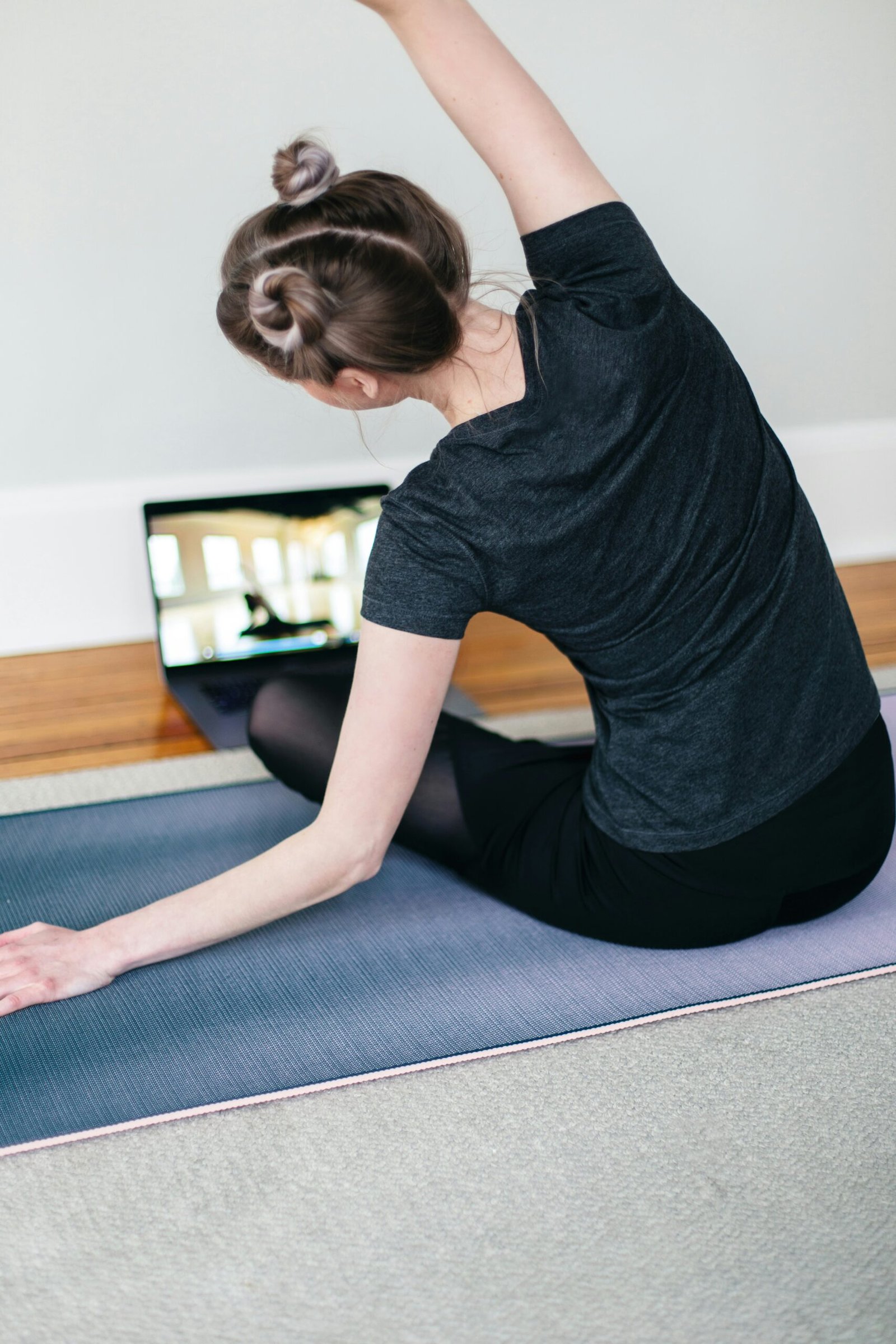
The Challenges of a Sedentary Work Environment
A sedentary work environment poses significant challenges to both physical and mental well-being. Prolonged periods of sitting, common in most office settings, are associated with a myriad of health risks. One of the most prominent issues is the increased likelihood of obesity. Studies have shown that sitting for extended hours slows down metabolism, leading to weight gain and associated complications such as type 2 diabetes.
Furthermore, cardiovascular diseases are a major concern. Research indicates that those who sit for more than eight hours a day without physical activity have a risk of dying similar to the risks posed by obesity and smoking. The lack of movement affects blood circulation, contributing to the buildup of fatty acids in the blood vessels, which can lead to heart disease and stroke.
Musculoskeletal problems are also prevalent in a sedentary work environment. Prolonged sitting can result in poor posture, leading to back pain, neck stiffness, and even repetitive strain injuries. According to the American Chiropractic Association, back pain is one of the most common reasons for missed work and the second most common reason for visits to the doctor’s office.
The impact of a sedentary lifestyle extends beyond physical health, affecting mental well-being as well. Increased stress levels and decreased productivity are common among those who spend their workdays seated. The lack of physical activity can lead to feelings of lethargy and mental fatigue, making it difficult to focus and perform effectively. A study published in the International Journal of Environmental Research and Public Health found a strong correlation between sedentary behavior and symptoms of anxiety and depression.
These challenges underscore the importance of addressing the sedentary nature of modern office work. By understanding the risks and implementing strategies to mitigate them, individuals and organizations can foster a healthier, more productive work environment.
Desk-Friendly Exercises and Stretches
Maintaining physical activity while working at a desk is crucial for long-term health and wellness. Incorporating desk-friendly exercises and stretches into your daily routine can significantly alleviate physical discomfort and enhance circulation. Here are some easy-to-follow exercises and stretches that you can perform at or near your desk:
Seated Leg Lifts: Sit upright in your chair with your back straight and feet flat on the floor. Slowly lift one leg until it is straight and parallel to the floor. Hold for a few seconds, then lower it back down. Repeat this movement 10-15 times on each leg. Seated leg lifts help strengthen your quadriceps and improve circulation in your lower body.
Chair Squats: Stand in front of your chair with your feet shoulder-width apart. Slowly lower yourself into a squat position as if you are about to sit down, but stop just before your thighs touch the seat. Hold for a few seconds, then rise back up to a standing position. Perform 10-15 repetitions. Chair squats engage your glutes, hamstrings, and core muscles.
Desk Push-Ups: Stand a few feet away from your desk and place your hands on the edge, shoulder-width apart. Keep your body straight and perform a push-up by lowering your chest toward the desk and then pushing back up. Aim for 10-15 repetitions. Desk push-ups are excellent for strengthening your upper body, including your chest, shoulders, and triceps.
Shoulder Shrugs: Sit or stand with your back straight and relax your shoulders. Lift both shoulders toward your ears, hold for a few seconds, and then release. Perform 10-15 repetitions. Shoulder shrugs help relieve tension in the neck and shoulders, which is common after long periods of sitting.
Regularly integrating these exercises into your workday can help prevent the physical discomfort associated with prolonged sitting. Set reminders to take short exercise breaks every hour to keep your body active and promote better circulation. By prioritizing desk-friendly exercises and stretches, you can enhance your overall office wellness and maintain a healthier, more productive work environment.
Posture Tips for Office Workers
Maintaining good posture while working at a desk is crucial for overall health and productivity. An ergonomic office setup can significantly reduce the risk of musculoskeletal issues and enhance comfort during long working hours. The foundation of an ergonomic workspace begins with chair height, desk positioning, and monitor placement.
Firstly, ensure that your chair is adjusted to a height where your feet rest flat on the floor, and your knees are at a 90-degree angle. Your desk should be positioned so that your arms form an L-shape when typing, with elbows close to your sides. The monitor should be at eye level, about an arm’s length away, to prevent neck strain. This setup encourages a neutral spine position, reducing the likelihood of discomfort or injury.
When sitting, it’s essential to align the spine correctly. Sit back fully in your chair, allowing the backrest to support your lower back. A lumbar cushion can provide additional support, maintaining the natural curve of your spine. Keep your shoulders relaxed and avoid slouching by regularly checking your posture throughout the day. Consider using an adjustable desk to alternate between sitting and standing, which helps reduce the strain on your back and promotes better circulation.
Aside from equipment adjustments, consciously practicing good posture habits is equally important. Take regular breaks to stand, stretch, and walk around. Small movements and changes in position can alleviate the tension that builds up from prolonged sitting. Engaging in exercises that strengthen core muscles can also support better posture, as a strong core stabilizes the spine.
Incorporating these posture tips into your daily routine can lead to a more comfortable and healthful office environment. By prioritizing ergonomic setups and mindful sitting habits, office workers can significantly reduce the risk of posture-related discomfort and enhance their overall well-being.
The Importance of Movement Breaks
Frequent movement breaks are critical for maintaining overall health and enhancing productivity in the workplace. The modern office environment often involves prolonged periods of sitting, which can lead to various health issues, including musculoskeletal problems, cardiovascular diseases, and metabolic disorders. Incorporating movement breaks into the workday can mitigate these risks and contribute to a healthier, more dynamic work environment.
Microbreaks, short breaks lasting from a few seconds to a couple of minutes, have been shown to significantly improve both physical and mental well-being. These brief respites allow employees to stretch their muscles, relieve tension, and refocus their minds. Research indicates that regular movement breaks can boost energy levels, reduce stress, and enhance cognitive function, leading to increased productivity and job satisfaction.
There are numerous ways to incorporate movement into the workday. One effective strategy is to schedule walking meetings, which not only promote physical activity but also encourage creative thinking and collaboration. Standing while on phone calls is another simple yet effective method to break the cycle of prolonged sitting. Additionally, using reminder apps to prompt regular breaks can help employees stay mindful of their need to move.
Studies have shown that even small amounts of movement can have a profound impact on health. For instance, a study published in the British Journal of Sports Medicine found that taking a five-minute walk every hour can offset the negative effects of prolonged sitting. Another study from the Journal of Occupational Health Psychology reported that microbreaks can lead to improved mood and reduced fatigue, further emphasizing the importance of incorporating movement into the workday.
In conclusion, prioritizing movement breaks in the workplace is not just beneficial but essential for sustaining overall health and productivity. By adopting practices such as walking meetings, standing phone calls, and utilizing reminder apps, employees can significantly improve their physical and mental well-being, leading to a more vibrant and efficient work environment.

